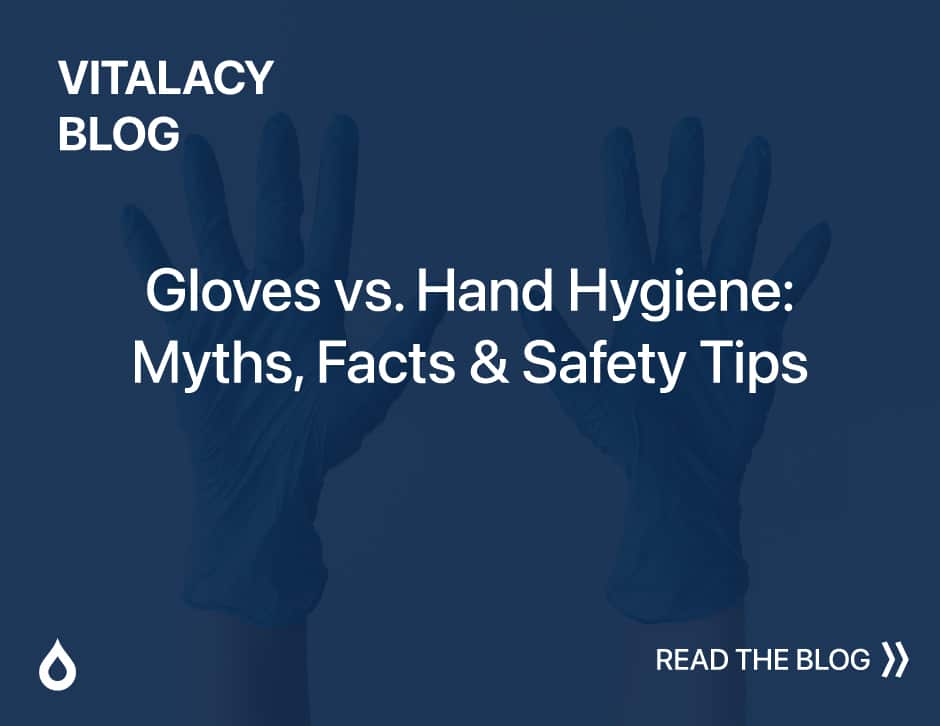
We’ve all been warned about antibiotic resistance and know that healthcare professionals should be careful not to over prescribe antibiotics. Further, hospitals worldwide know the importance of sanitizing instrumentation and hands before operations. Yet, despite this collective knowledge, we’re seeing a global rise in superbugs, bacteria that are resistant to many types of antibiotics. Both in the U.S. and abroad, infections are becoming more serious. How is this bacteria evolving faster than hygiene practices and antibiotic treatments?
Hospital Drains, Pipes and Sewers
A recent study has pointed to an unsuspected culprit in the fight against antibiotic resistant bacteria: hospital plumbing. Part of the study sampled intensive care unit pipe wastewater and external manholes, and every single sample came back containing antibiotic-resistant organisms, specifically carbapenemase-producing organisms (CPOs). CPOs are extremely alarming because of the global morbidity and mortality associated with them.
The intensive care unit findings are even more surprising considering that the facility that was sampled had a low prevalence of patients infected with CPOs, suggesting that a resilient reserve was present in the facility’s infrastructure. Researchers have been studying how these resistant traits spread among a bacterial population, and current science points to a process called horizontal plasmid transfer, during which resistance mechanisms transfer from one bacterium to another. The study points out “understanding the plasmid ecology of the hospital environment can assist in the design of control strategies to prevent nosocomial infections”. However, most hospitals worldwide are not at the forefront of understanding plasmid ecology, and global travelers who are treated in foreign hospitals have been found to have higher rates of infection and are known to bring resistant bacteria across borders, often having contracted the infection while in densely populated, less industrialized countries.
Hypervirulent Indian Superbug
In January 2017, a U.S. woman died after returning to the U.S. with a superbug infection she contracted while visiting India. The infection was caused by carbapenem-resistant Enterobacteriaceae (CRE), Klebsiella pneumoniae, a multi-resistant organism known to U.S. medical professionals. However, the woman’s infection appeared to be a severe case never before seen in the U.S., in which the organism was immune to all 14 antibiotics with which the hospital treated her. Before the woman’s death, healthcare providers sent samples of the organism to the Centers for Disease Control for analysis, which then demonstrated that the organism was in fact immune to 26 different antibiotics, and there was essentially no known treatment option.
While this may appear to be an edge case at first glance, CREs are known among professionals as nightmare bacteria because they spread easily in hospital environments. This knowledge, coupled with newly discovered information regarding hospital infrastructure, points to a very serious threat to modern medicine and its ability to fight infection.
Medical Tourism in Tijuana, Mexico
As affordable procedures becomes harder to find in the U.S., some people are choosing to go south of the border to seek treatment. Just this past January, reports surfaced of a Washington resident who contracted a rare and deadly infection after traveling to Tijuana for lower-cost bariatric surgery. This incident was not isolated and the CDC has issued a Level 2 alert, warning travelers of drug-resistant infections in Mexico. The infectious disease problem is so prevalent in Tijuana’s Grand View Medical that the CDC has recommended travelers refrain from undergoing any form of treatment at the center until staff can report that Pseudomonas aeruginosa bacteria is no longer present in the facility.
Controlling Antibiotic Resistant Superbugs in Hospitals
There is no surefire way to eliminate or prevent CREs in hospitals. Additionally, there is no guaranteed way to completely prevent their transmission. However the experts at the CDC have published guidelines designed to help hospitals manage and mitigate the risks associated with infectious disease. Moreover, professionals will need to constantly evaluate and update methods as research continues to advance.
The CDC focuses heavily on facility prevention. First, it recommends that hospitals have the necessary infrastructure to test for CREs, and if not, to know who can test on their behalf. Moreover, it recommends that hospitals monitor both patients who may be infected with resistant organisms and monitor the facilities’ overall levels of CREs. Patients who are found to be infected should be treated, interacted with, and moved with caution to minimize the spread of infectious disease.
Not surprisingly, one of the top CDC guidelines is to implement strict hand-hygiene practices. The CDC goes so far as to state that it’s not enough to have strict policies in place, but hospitals must also have strict adherence monitoring, something that we take to heart at Vitalacy and can be found in our different product offerings.
David Weinstein is an American born researcher who writes on the intersection of healthcare and technology. After studying biology at UCLA he went on to focus on emerging IoT protocols, specifically around distributed mesh networks. He also focuses on the application of artificial intelligence in medicine. He studied Biology at UCLA.
Request a demo of Vitalacy’s Automated Hand Hygiene Monitoring Solution today!
Author
-

Vitalacy is committed to reducing patient harm in healthcare through better hand hygiene and patient safety solutions. Bluetooth-enabled smart sensors and wearables help improve outcomes and Leapfrog Hospital Safety Grades.
View all posts




